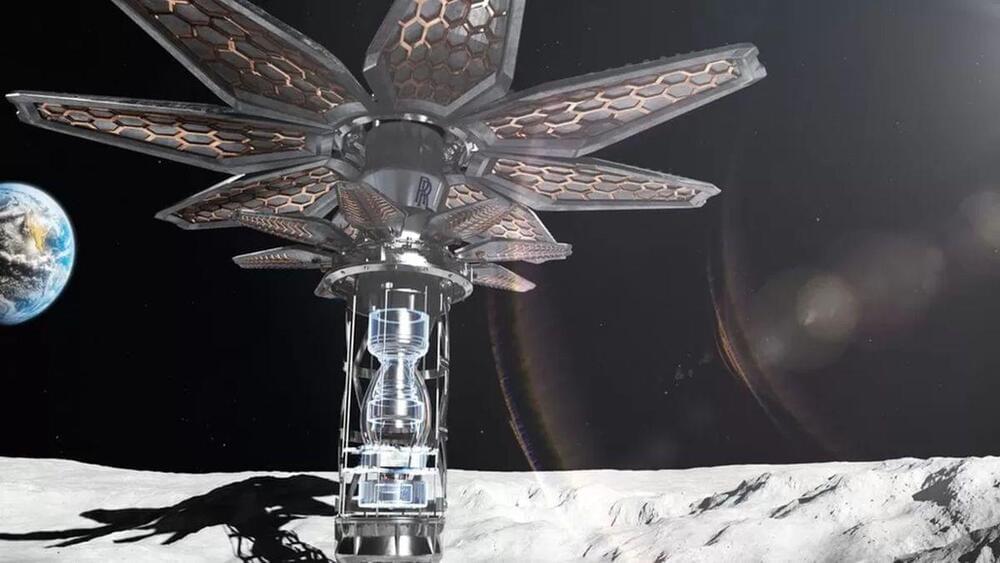Mind mastery refers to intentionally developing self-awareness and discipline to take control of your thought patterns, emotional responses, and behaviors. Rather than operating on autopilot or being swept away by negativity, you respond consciously in alignment with your values and goals. Benefits of mind mastery include reduced stress, achieving ambitions, fulfilled relationships, and overall life satisfaction.
Mastering your mind requires commitment, but small, consistent steps to steward your thoughts and manage your emotions will compound to impact your mental health and empower your life profoundly. Here are key techniques:
Practice observing your thoughts like clouds passing by without reacting or judging. Creating this mental space between stimulus and response allows you to gain perspective. Ask what evidence supports or contradicts anxious thoughts.







